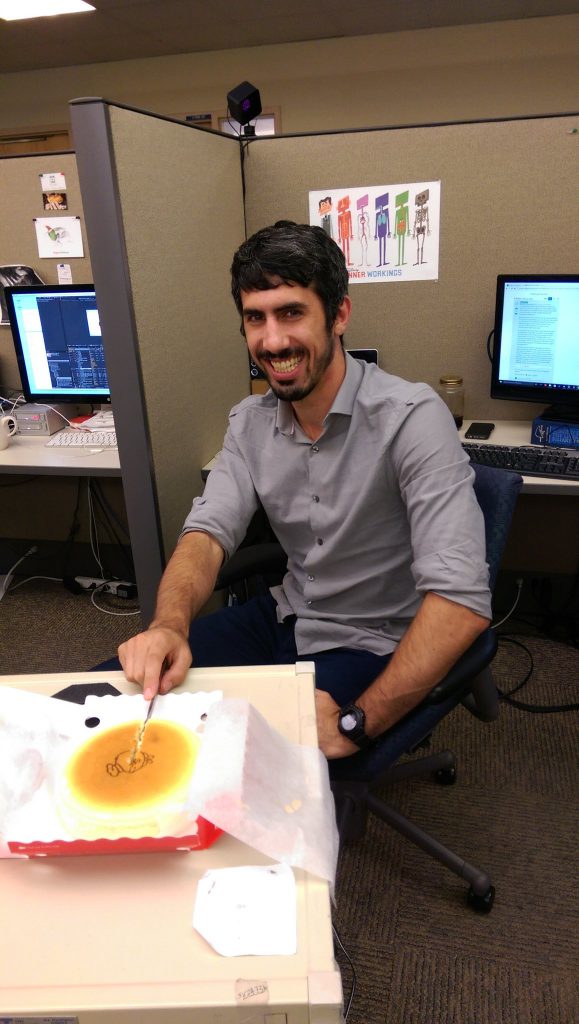Summer is...almost over, and we'd like to take the opportunity to acknowledge the work of our awesome summer student, Matan Berson (Class of 2017). As a first year student at the Master of Science in Biomedical Communications Program at the University of Toronto, Matan first contacted us in March, expressing his interest in working with us during the summer break.
Throughout the summer Matan has thoroughly demonstrated his talents as a biomedical communicator, along with a tenacious work ethic. His hard work has resulted in our case-specific, 3D interactive anatomy viewer: Check here, here and here for some examples. We also have a short walkthrough available on our Youtube channel.
In addition, Matan has also kindly provided us with his experience as a summer student, as posted below:
Prior to starting my Master's in Biomedical Communications, I would frequently browse through the surgical videos published on the TVASurg website. When presented with the chance to intern with the team this summer in between my first and second year, I had no choice but to jump at the opportunity. From the get go, the team gave me the flexibility to brainstorm and define a topic for a project that would align with both TVASurg's and my interests. We decided on an interactive web application that would allow users to manipulate the 3D anatomical models seen in the atlas's surgical video. By exploring the 3D models, the users - surgical fellows and interns at Toronto General Hospital, could gain a better understanding of the anatomy and disease as it relates to the surgical procedure.
After writing up a project charter outlining the various goals of the project, I set out to refine how our users could benefit most from such an interactive app. Not only did we discover which features of the application could be most valuable for understanding the surgical cases, but also discovered that patients could directly benefit from such an app. This application could serve as a tool to help surgeons explain a particular procedure to a patient prior to their operation.
Throughout the development of the various prototypes and versions of the app, it was extremely helpful to have the fellows and staff surgeons try out the application. Each time I observed people interact with the app, I gained new knowledge on how the design could be improved. When design or technical issues arose, Joy, Paul and Albert were readily available to brainstorm and work together to come up with a solution. Feeling comfortable asking them for help and feedback was paramount to breaking through various hurdles encountered in the project.
Developing the web application allowed me to evolve my skills in conducting user need assessments, prototyping, and iterative design. I have no doubt that I'll be using these essential skills for my master's research project over the next year. I would be excited by any opportunity to come back and further develop interactive applications for surgical teachings on mobile, web and virtual reality platforms.

We're aiming to populate all of our existing cases with this module, by the end of the year. Many thanks again Matan for your exceptional work! We look forward to keeping in touch, and best of luck in your 2nd year at BMC.
The TVASurg team
